A Quick Guide to a Typical Year in The Netherlands
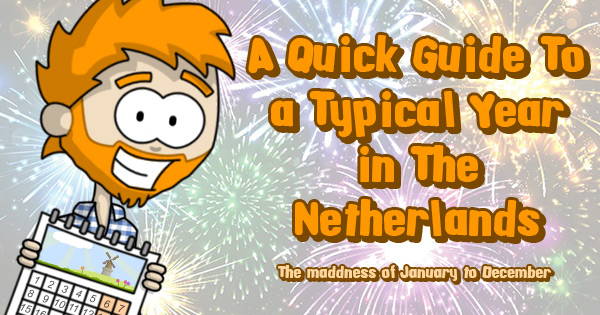
January:
The whole country wakes up on the first day of January and seems surprised that a new year has begun. The sudden calmness of January following the complete madness of December does not seem real. It makes some people wonder if December really happened at all (but they could just be suffering from firework related PTSD).
It is acceptable to greet friends, family, colleagues and acquaintances with ‘happy new year’ at any point during January (as long as you are not doing it every time you see them).
Over the course of the month Christmas trees are made homeless and forced to live on the streets. The remains of all the New Year’s Eve fireworks are slowly pushed to the sides of the street.
February:
The majority of the population is still getting used to the fact that a new year has started. A whole month having passed by has not helped them come to grips with the new situation. Administration becomes a nightmare. Thousands of important documents have to be thrown away each day because someone wrote last year’s date on them.
Anyone who still insists on wishing people ‘happy new year’ is now officially considered weird.
The Christmas trees on the streets are now gone but the remains of fireworks can still be found lodged in sewer drains, concealed under cars or hiding in hard to reach street corners.
March:
Despite the last two months confusion most people have finally been able to accept that the new year has begun. There are only the extreme few who are still getting confused or are living in denial. Some are so confused that they have started thinking it is 1995. Others have started denying the existence of years and the concept of time altogether out of self-preservation.
Most of the firework remains are gone by now but a few can still be found stuck in trees, hiding under bushes, laying in open fields or in other places outside of the street cleaners jurisdiction.
April:
Months don’t usually have a colour (since they are a conceptual measurement of time and not a physical object to which colour can be applied). However, the colour of April is Orange. The colour suddenly appears everywhere. People are dressed in it, shops are decorated with it and food is dyed to be it. It’s weird but it’s all in preparation for King’s Day, the celebration of the Dutch monarch’s birthday and the biggest country-wide party of the year.
Luckily the arrival of King’s Day has helped everyone finally agree that the new year has started for real. The last of the New Year’s Eve fireworks have been cleaned away just in time for the mess that will be created on King’s Day.
May:
Most of the country is still recovering from King’s Day and is now focused on the start of the summer holidays in two months time.
June:
Everyone is equally surprised, horrified, annoyed and delighted by the arrival of the hot summer weather. It becomes suddenly impossible to find a seat at a cafe terrace anywhere, ice cream sales go up and barbequing no longer requires an umbrella.
July:
Thousands of caravans suddenly appear on motorways all over the country as most of the Dutch population makes its way to various campsites (most of which will be in the South of France).
August:
Everyone returns to work or school and starts focusing on the next thing to look forward to, Sinterklaas and Christmas. As such, the first kruidnoten are sighted in shops.
September:
The summer weather starts to fade. The cafe terras are slowly packed away for another year, ice cream shops wonder what to do for the next six months and people living in denial try to have one last barbeque before Autumn officially begins.
Full displays of kruidnoten and chocolate letters appear in shops by the end of the month.
October:
October is a confusing month. No one quite knows how to handle it. Is Halloween a thing? Should it be? Shouldn’t we just wait for Sint Maarten in November? Some shops make a half hearted attempt at putting up some spooky decorations but mostly they wait to see what other people do.
Either way, the early sales of kruidnoten and chocolate letters at least means that they can be given out as Halloween trick or treat snacks.
November:
The real excitement begins. What will become two months of hyperactive and over-sugared children starts with Sint Maarten and continues with the arrival of Sinterklaas (and the annual Zwarte Piet debate).
It already becomes difficult to find the chocolate letter for your name. Most people resort to an alternative spelling of their name (involving a Z,Y or X). In some extreme cases people have their name legally changed to avoid the frustration in the years to follow.
December:
The excitement level amongst children (and most adults) is reaching critical mass. Most schools have descended into chaos and the teachers are just trying to survive until the Christmas holiday.
December is the last mad dash to the end of the year. It’s crammed with so many celebrations that by the end you wonder how it all fits into just one month.
The Sinterklaas celebrations which have been building and building in excitement suddenly peak with Pakjesavond. Excited children all over the country lose their minds as they exuberantly rip open the presents Sinterklaas has left behind for them. The next day kruidnoten and chocolate letters suddenly disappear from all shops everywhere.
Then the run up to Christmas and the craziness it brings gets into full swing. Christmas trees reappear after their yearlong banishment. Festive songs are played everywhere. All Sinterklaas gifts in the shops are relabeled as Christmas gifts. Christmas isn’t even limited to one day in The Netherlands. The Dutch celebrate it twice with a First and Second Christmas Day.
After Christmas comes the stockpiling of fireworks and oliebollen for New Year’s Eve only a week later. By this time everyone is in a mad frenzy of celebration, desperately trying to keep their festive cheer up until they reach the end of the year (which is so almost in sight). If only they can make it. If only the new year would start and this madness could end.
It’s no wonder the whole thing ends with mass explosions. It’s the pressure release that lets everyone return to normal the following year and start the whole cycle over again.



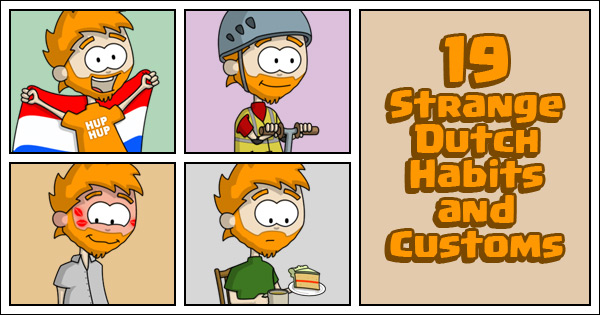

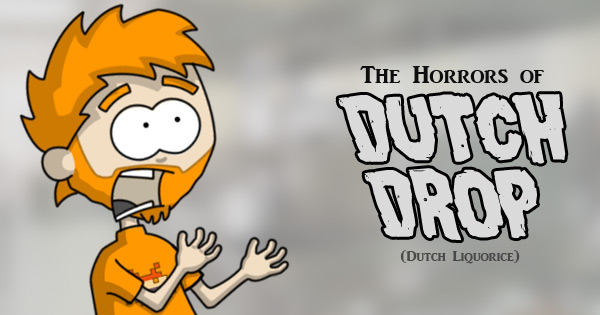
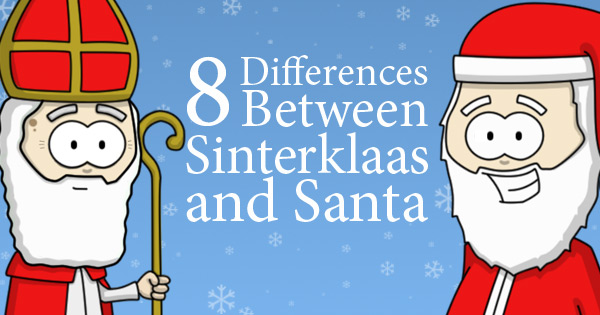

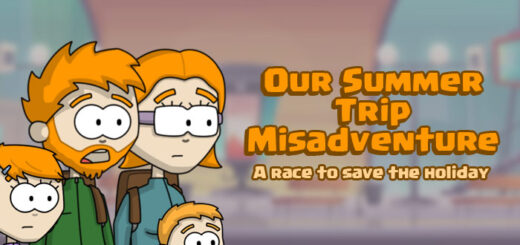
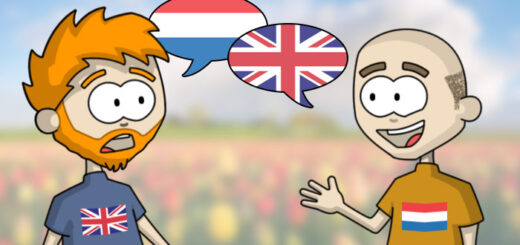

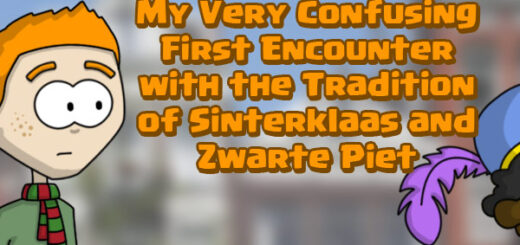
One year we brought over chocolate letters for American relatives. We started looking for them a bit late, though, so my sister-in-law had to get a Q. (I decided she would appreciate having the right flavor over having the right letter. I was right.)
She requested them again this past year so we brought more letters for my brother, her, and their foster child. And then had to tell them a week later “Sorry — we bought them at Hema and there’s a minuscule chance they have plastic in them! Don’t eat them! (or at least don’t let the kid the government entrusted in your care keep eating them!)” Too late. All gone. Luckily no ill effects.
I don’t think they will ask for them again next time…
Haha! It’s funny because it’s true (say this with a Homer Simpson voice).
Do you have a YouTube channel?
Sinterklaas food does disappear immediately after the 5th of december indeed. A Bulgarian friend of mine wanted to bring chocolate letters home as a christmas present and was so disappointed that she couldn’t find them anymore!
Working in the HEMA, I do admit that once 5/6 December is over, all Sinterklaas stuff is just… Gone. Food is nowhere to be found, and leftovers are quickly pushed back into the reserves until needed again. Said leftovers do include the entire “Hazelnut flavoured chocolate letters”, which we still have laying around in the back of the warehouse… Really should ask if they could be melted down again, filtered, and resold as normal hazelnut chocolate.
Don’t forget, it is a cardinal sin for someone Dutch to throw something away without trying to find a good use for it first!
You forgot to mention Carnaval in your Dutch year!!!